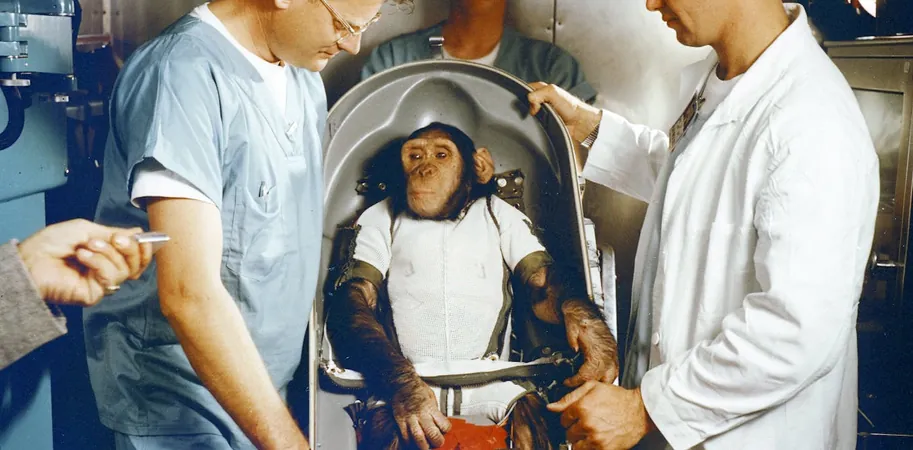
Animals in Space: A 70-Year Ethical Dilemma Without Protection
2025-08-19
Author: Liam
The Imminent Launch of Bion-M No.2
This week, Russia gears up to send its Bion-M No.2 biosatellite into orbit from the Baikonur Cosmodrome in Kazakhstan, carrying a staggering 75 mice and 1,500 fruit flies. While this mission highlights Russia’s commitment to the field of space medicine, it also raises a critical question: How ethical is the treatment of these animals during space research?
A Legacy of Animal Sacrifice in Space
Since the dawn of the Space Age, animals have been at the forefront of exploration. The launch of Laika, a street dog, aboard Sputnik 2 in 1957 marked a grim milestone as she became the first living creature in orbit. Her harrowing experience underscored the inhumane conditions faced by early space voyagers, ultimately leading to her death from oxygen deprivation.
The United States followed this unsettling trend in 1961 with the chimpanzee Ham, who endured invasive procedures, electric shocks, and severe dehydration during his suborbital flight. Although he returned physically intact, Ham exhibited signs of psychological trauma post-mission.
A Growing Concern for Animal Welfare
As humanity ventures deeper into space, the absence of legal protections for these animals becomes more alarming. There is an urgent need for international regulations that recognize the sentience of animals in outer space and ensure their welfare throughout the entirety of their missions.
Forgotten Animal Casualties and Their Fate
The plight of animals in space doesn’t end with their missions. Technological advancements have not eradicated the risk of casualties. In 2019, the Beresheet spacecraft crashed on the Moon, potentially leaving thousands of tardigrades, tiny eight-legged animals, stranded in the cosmos. Their ultimate fate is still unknown.
Often deemed expendable, animals used in missions like France’s Félicette—a cat sent into orbit in 1963—face uncertain futures. Despite surviving re-entry, Félicette was euthanized for brain studies. Unlike military working animals that undergo transition programs, space animals lack any formal exit strategies.
Pressure for Change: The Role of Activists
Animal rights activists, notably from PETA, have fueled demands for reform. Following public outcry, NASA withdrew from the BION program in 1996 and adopted ethical guidelines regarding the treatment and care of research animals. These guidelines underscore a moral obligation to consider animal welfare.
New Ethical Standards in Space Research
The core principles NASA established focus on respect for life, societal benefit, and non-maleficence. While these do not altogether prohibit the use of animals, they encourage a critical evaluation of the ethical implications, promoting accountability in space research.
Other agencies are stepping in line. The European Space Agency, for instance, opted against primate research, favoring simulation technologies instead. However, NASA still employs mice for studying space’s effects on biological systems, recent examples include a group sent to the International Space Station in 2024.
Where Does Space Law Stand?
Despite rising awareness, the legal framework surrounding animal welfare in space remains woefully underdeveloped. Current treaties focus exclusively on human and state interests, neglecting the welfare of animals long involved in space exploration.
A Call for Balanced Regulations
Some skeptics argue that prioritizing animal welfare might obstruct scientific progress. However, countries like New Zealand formally recognize animals as sentient beings deserving legal considerations. Just as human rights evolved over the decades, the animal welfare movement has gained traction, yet space laws remain stagnant.
The reality is the dangers animals face in space—stress, injury, death—mirror those permitted on Earth for human interests. Thus, the argument that protecting space animals could hinder human progress appears misguided. The challenge now lies in developing a legal framework that ensures both human and animal welfare can coexist.
The Urgent Need for Evolving Space Ethics
With the increasing role of animals in space efforts, urgent action is needed to establish protections that acknowledge their sentience. The need for a robust ethical framework that prioritizes animal welfare, alongside human interests, is clearer than ever as we continue to push the boundaries of our exploration into the unknown.

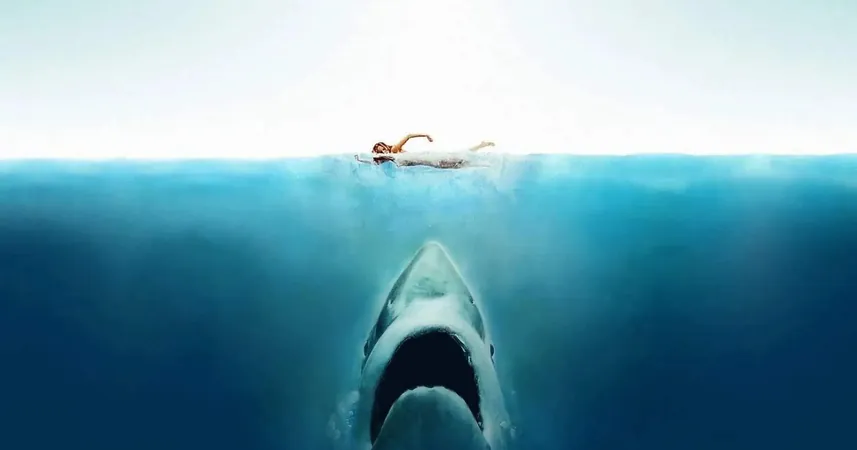
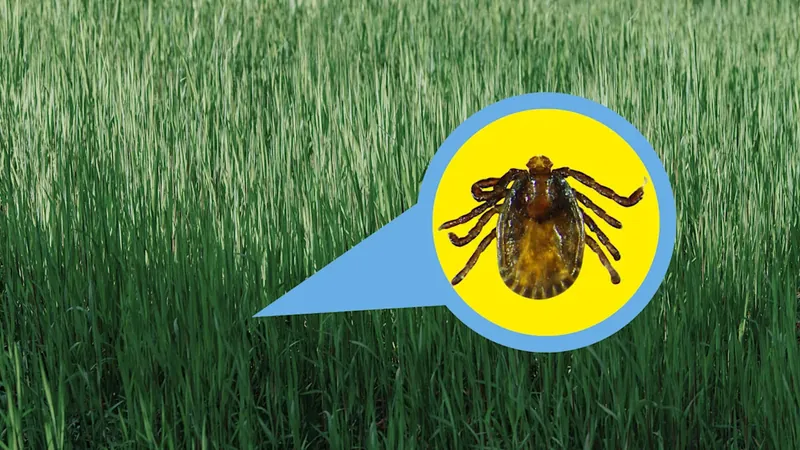


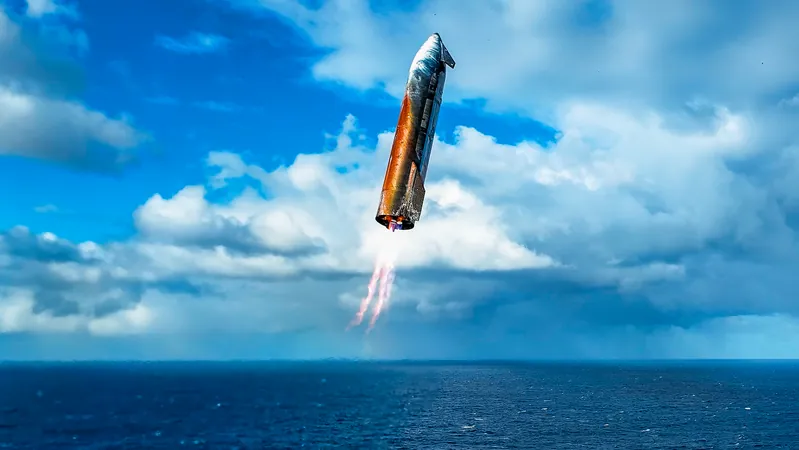
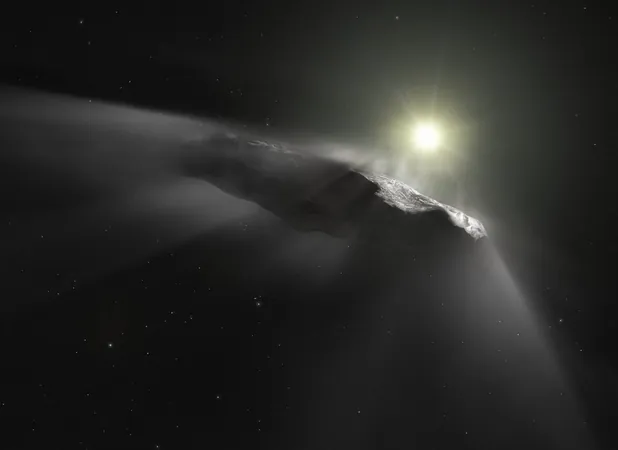
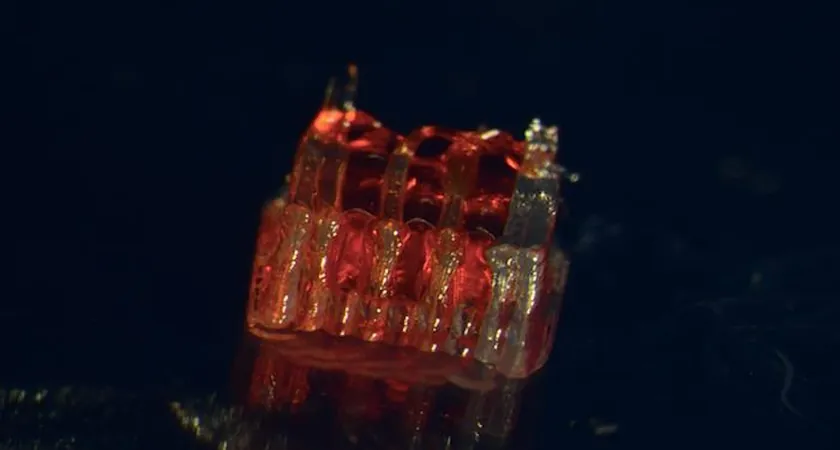

 Brasil (PT)
Brasil (PT)
 Canada (EN)
Canada (EN)
 Chile (ES)
Chile (ES)
 Česko (CS)
Česko (CS)
 대한민국 (KO)
대한민국 (KO)
 España (ES)
España (ES)
 France (FR)
France (FR)
 Hong Kong (EN)
Hong Kong (EN)
 Italia (IT)
Italia (IT)
 日本 (JA)
日本 (JA)
 Magyarország (HU)
Magyarország (HU)
 Norge (NO)
Norge (NO)
 Polska (PL)
Polska (PL)
 Schweiz (DE)
Schweiz (DE)
 Singapore (EN)
Singapore (EN)
 Sverige (SV)
Sverige (SV)
 Suomi (FI)
Suomi (FI)
 Türkiye (TR)
Türkiye (TR)
 الإمارات العربية المتحدة (AR)
الإمارات العربية المتحدة (AR)